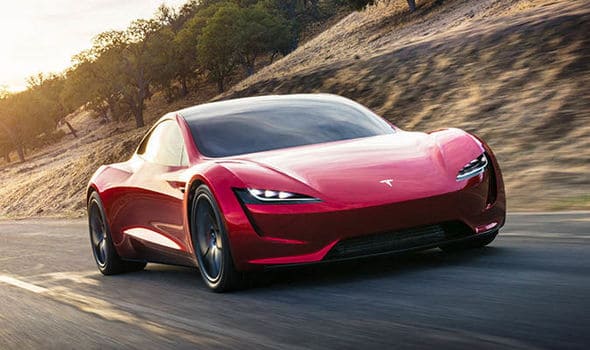
Behind this storm system, a new storm is dropping out of Canada and is expected to bring more snow for the Midwest and Northeast for Thursday through Saturday morning.
Winter storm watches already being posted from the northern Rockies into Chicago for the end-of-week storm.
Tesla’s production problems were revealed in early October when the automaker reported it had produced just 260 of its new Model 3 electric cars in the third quarter, of which it delivered 220. Things improved in the fourth quarter, but were still below estimates. Tesla produced 2,425 of its new Model 3 electric cars in the fourth quarter and delivered 1,542.
Tesla delivered 28,425 Model S and Model X vehicles—a 10% increase from the third quarter.
Capital Expenditures
Tesla reported that its capital expenditures reached $787 million in the fourth quarter, most of which was spent on Model 3 production and its massive battery factory outside of Reno, Nevada.
The fine print: The company actually spent more than that, but says some capital expenditure payments for the Model 3 have been deferred to the first quarter of this year.
Gross Margins
The company beat analysts estimates on revenue. However, its automotive gross margin, which doesn’t include the sale of zero-emission vehicle credits, dropped to 13.8% from 22.2% in the same period last year.
Analysts on average had expected margins of 15.7 percent, according to FactSet, Reuters reported.
Customer Deposits
The company also has another unusual source for its reserves: customer deposits. It brings in money through customer deposits on future products, a tactic that many say is unsustainable.
Tesla took in $686 million in customer deposits in the third quarter. That figure grew to $853 million, likely thanks to the debut in November of the Tesla Semi and next-gen Roadster both of which have a reservations page. Roadster customers must drop $50,000 to make a deposit or if $250,000 if they want to reserve a founder’s series version.
An Autopilot Overhaul
Tesla reported it made an “extensive overhaul of the underlying architecture” of its Autopilot software. Autopilot, which was introduced in 2015, is a semi-autonomous driving software—and the accompanying hardware suite of sensors, cameras, and radar—that company the continues to improve via over-the-air software updates. Autopilot
The company says this will enable an improvement in the “collection and analysis of data and fundamentally enhanced its machine learning capabilities.”
The upshot: Tesla says it will allow it to rollout out a series of new Autopilot features in 2018 and beyond.
Tesla also plans to complete its coast-to-coast autonomous drive, a goal that was supposed to be met by the end of 2017.
